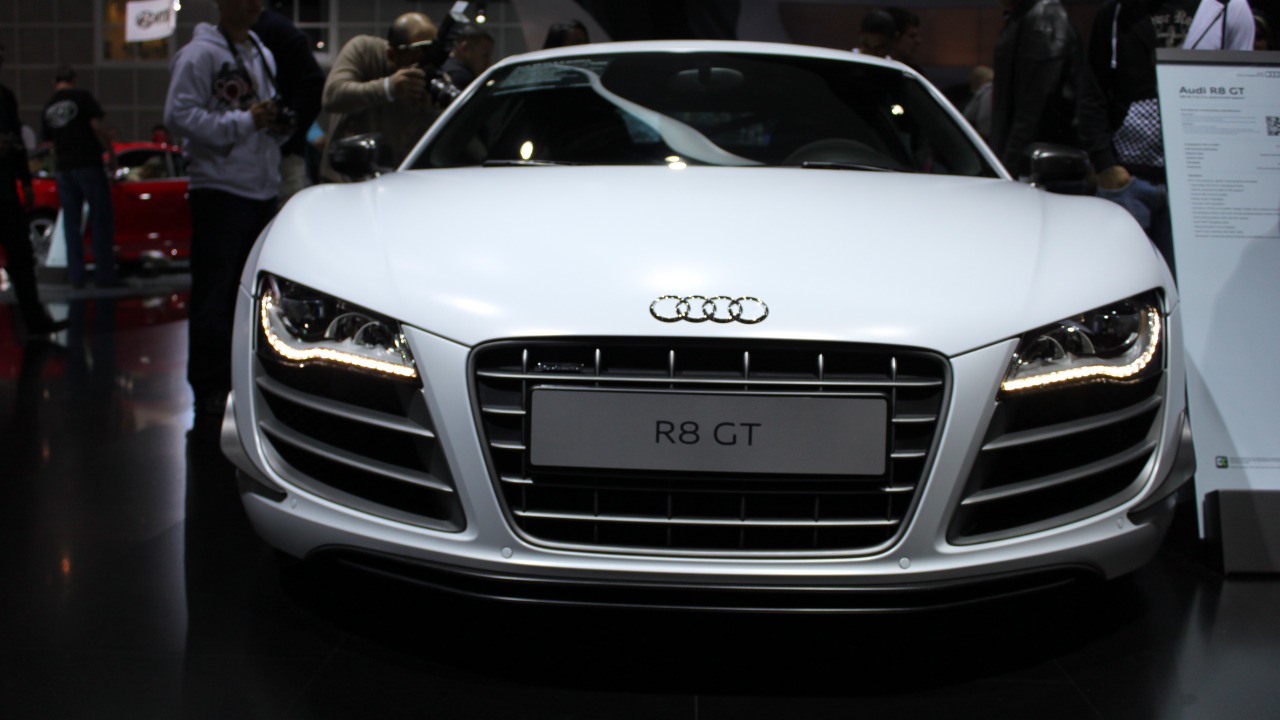
Split headlights, where a vehicle’s lighting is divided into separate units rather than a single continuous bar, have surged in popularity among automakers in recent models. Many consumers reportedly favor the aesthetic, as this design choice is evident across various brands, prompting questions about its origins and advantages. Recent reporting highlights how this trend reflects evolving automotive styling preferences (The Drive, Motor1, Telegrafi).
Historical Evolution of Headlight Designs
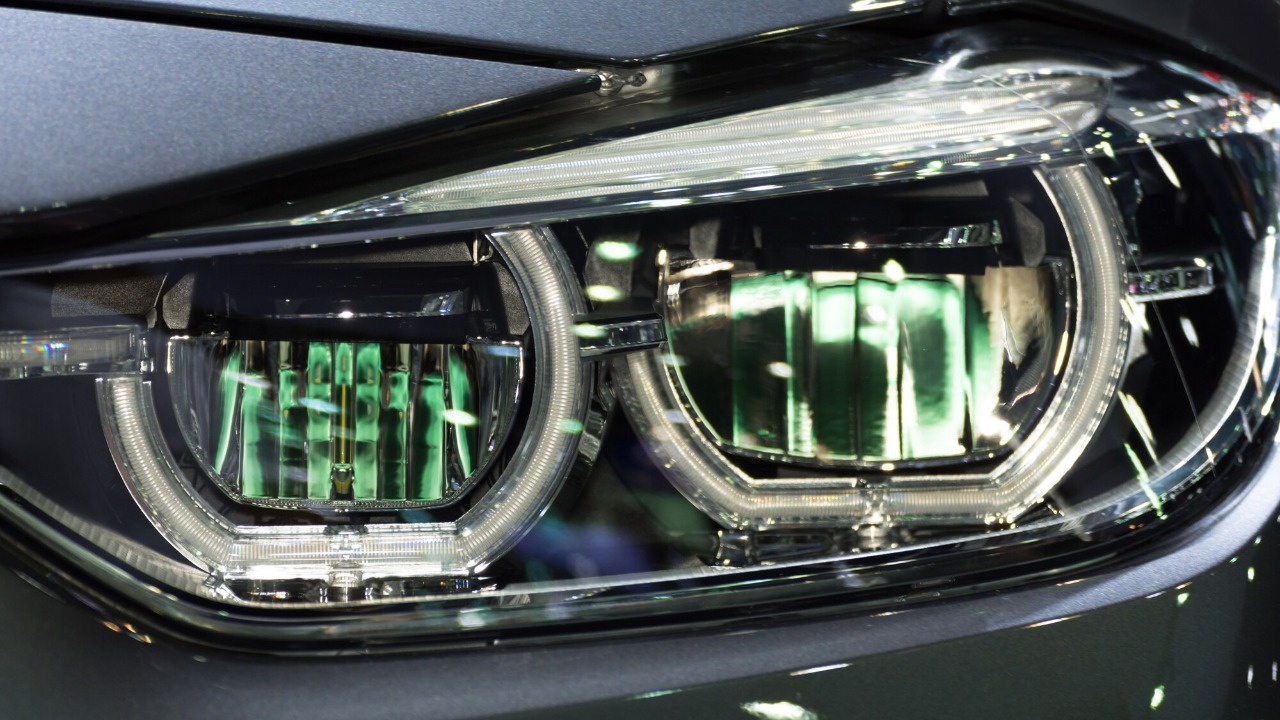
The evolution of headlight designs has been marked by significant shifts, starting from the single, rounded headlights common in mid-20th-century cars to the more fragmented designs that emerged in the 2010s. Regulatory changes played a crucial role in this transition, as they influenced beam separation to enhance functionality. These changes allowed for better light distribution and improved safety, aligning with evolving standards (Telegrafi).
Early examples of split lighting appeared in concept vehicles from the 2000s, foreshadowing their mainstream adoption. European manufacturers, in particular, experimented with these designs, using them as a canvas for aesthetic innovation. This experimentation set the stage for the broader acceptance of split headlights, as automakers sought to differentiate their models in a competitive market (Motor1).
The late 2010s marked a pivotal moment with the advent of LED technology, which enabled the creation of smaller, divided units without sacrificing illumination. This technological advancement allowed designers to explore new forms and functions, making split headlights a practical and stylish choice for modern vehicles (The Drive).
Aesthetic and Styling Motivations
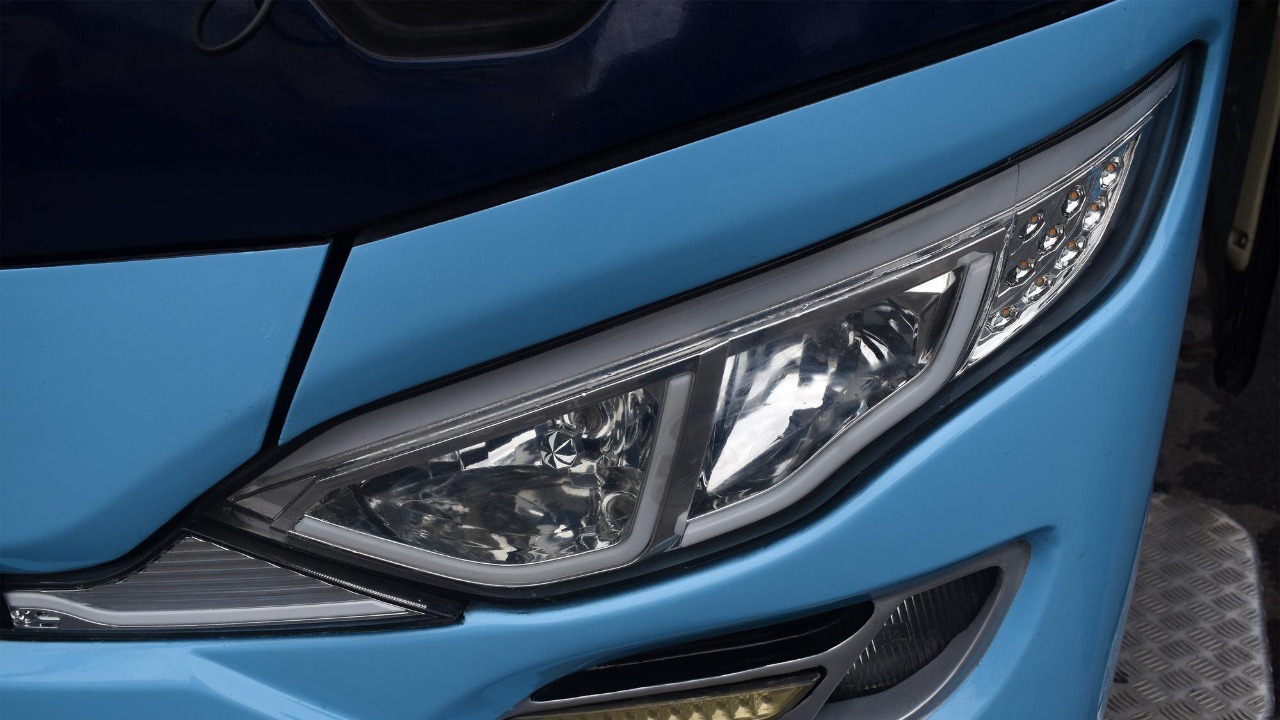
Split headlights have become a hallmark of aggressive, modern vehicle design, appealing to buyers who prioritize distinctive looks over traditional unified designs. This trend reflects a broader shift in consumer preferences, as many drivers now seek vehicles that stand out on the road. The split configuration contributes to a vehicle’s unique identity, enhancing its visual appeal (The Drive).
Designers often use split headlights to create a wider visual stance for a car’s front end, a technique particularly popular in luxury sedans. This approach not only enhances the vehicle’s aesthetic but also aligns with current trends in automotive design, where a bold front profile is highly valued. The separation of headlights allows for more creative freedom in shaping the car’s overall look (Telegrafi).
Consumer feedback surveys indicate a strong preference for split configurations due to their sleek, futuristic appearance, especially in compact and SUV models. This preference underscores the importance of aesthetics in purchasing decisions, as buyers increasingly prioritize style alongside functionality. The trend towards split headlights is thus both a response to and a driver of changing consumer tastes (Motor1).
Functional and Safety Benefits
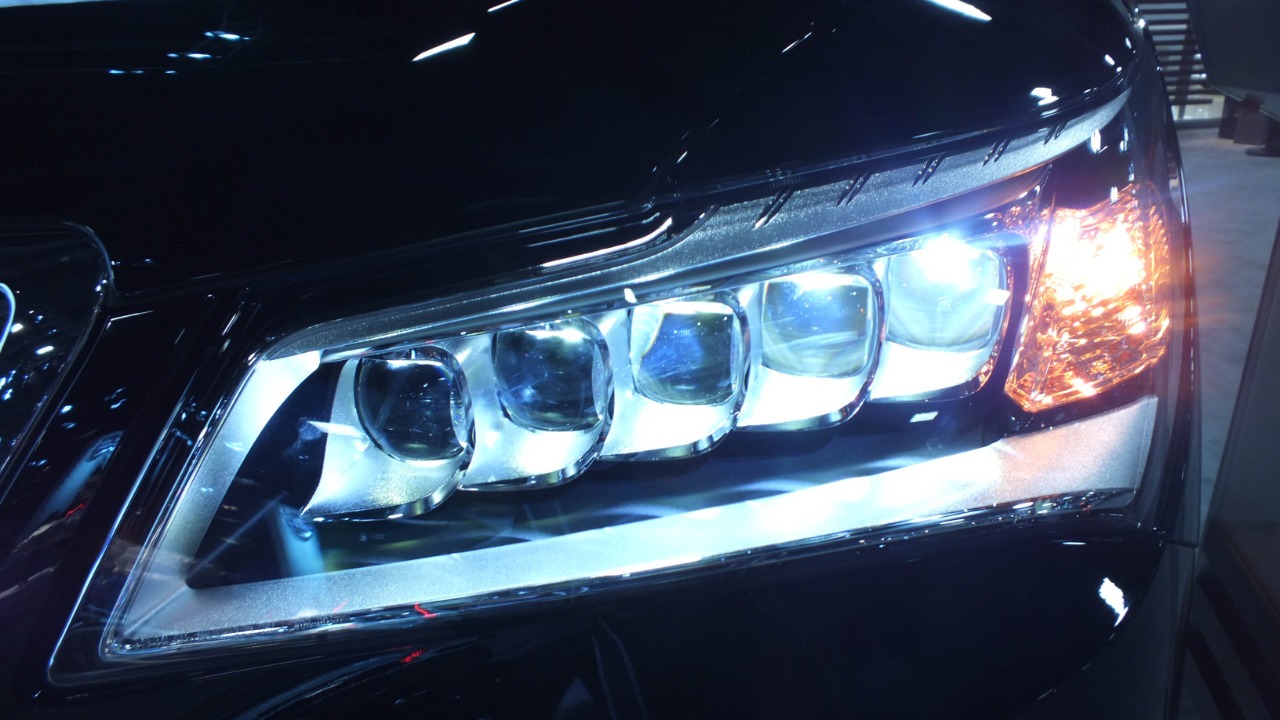
Divided headlights offer significant functional benefits, particularly in terms of light distribution. By allowing independent aiming for low and high beams, these designs enhance nighttime visibility, especially on curved roads. This improvement in visibility is crucial for driver safety, as it reduces the risk of accidents in low-light conditions (Telegrafi).
From an engineering perspective, split headlights also reduce glare for oncoming traffic through precise LED placement. This feature is particularly important in urban environments, where minimizing glare can significantly improve road safety for all users. The ability to control light distribution more effectively is a key advantage of split designs (Motor1).
Regulatory compliance is another area where split designs excel, as they meet stricter international standards for adaptive lighting. These designs achieve compliance without compromising aerodynamics, making them a practical choice for modern vehicles. The ability to balance regulatory requirements with design innovation is a testament to the versatility of split headlights (The Drive).
Examples Across Automakers
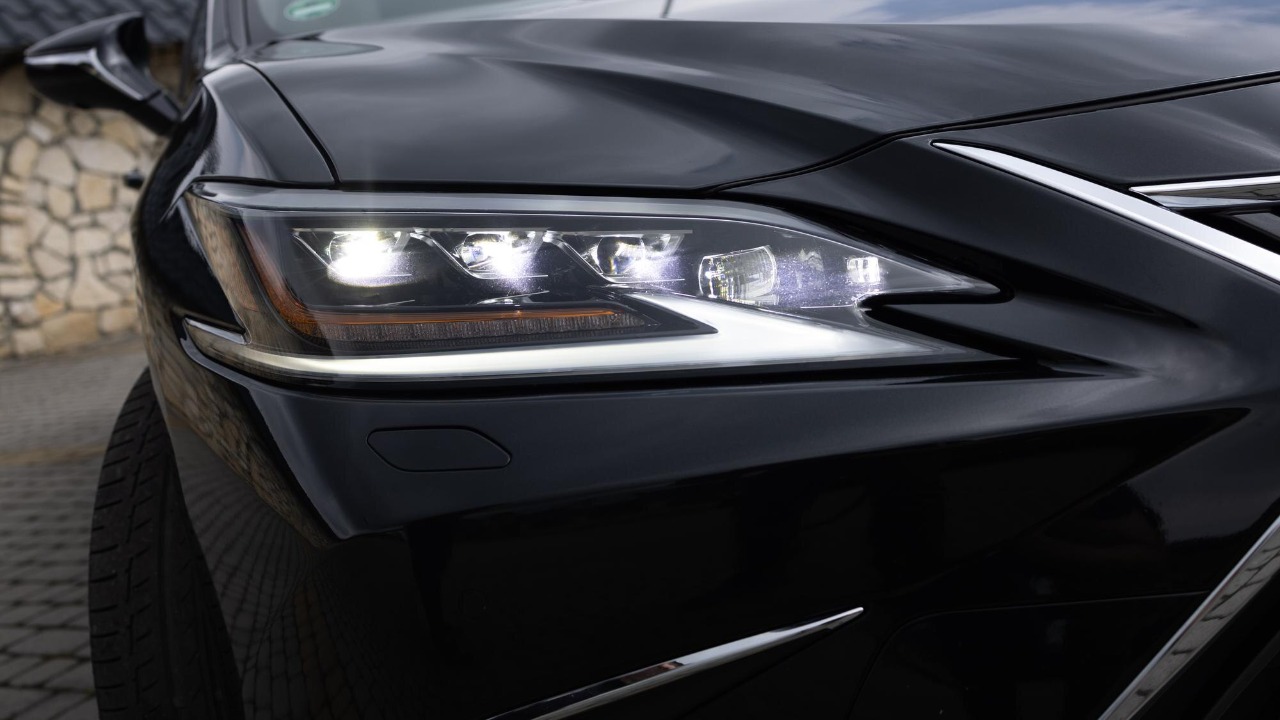
Several automakers have embraced split headlights, with brands like Audi and BMW pioneering their use in their 2020s lineups. These models showcase the integration of split headlights with grille designs, creating a cohesive and striking front-end appearance. This integration highlights the role of split headlights in defining a vehicle’s character and brand identity (Motor1).
Mainstream brands such as Toyota and Ford have also adopted split units, particularly in hybrid SUVs. This adoption reflects a blend of style and efficiency, as these vehicles cater to environmentally conscious consumers who do not want to sacrifice aesthetics. The widespread use of split headlights across different vehicle types underscores their versatility and appeal (Telegrafi).
In the realm of electric vehicles, companies like Tesla and Rivian have utilized split lighting to emphasize slim profiles and daytime running lights. This design choice aligns with the futuristic image of electric vehicles, reinforcing their position at the forefront of automotive innovation. The use of split headlights in electric models highlights their role in shaping the future of vehicle design (The Drive).